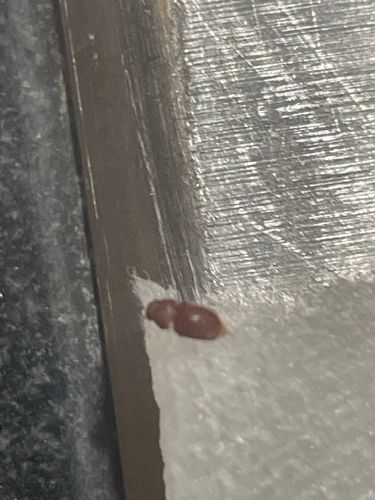Sawtoothed Grain Beetle
Scientific Name: Oryzaephilus surinamensis
Order & Family: Order: Coleoptera, Family: Silvanidae
Size: Typically 2.5–3 mm (0.1–0.12 inches) in length

Natural Habitat
These beetles are commonly found in food storage areas such as pantries, kitchens, warehouses, and grocery stores. They can infest processed grains and cereals, dried fruits, nuts, chocolate, pet food, and other stored food products. They prefer warm, humid environments.
Diet & Feeding
Sawtoothed grain beetles primarily feed on a wide variety of stored products, including grains, cereals, pasta, dried fruit, nuts, chocolate, seeds, pet food, and spices. They do not feed on whole, undamaged grains but prefer broken kernels or processed foods.
Behavior Patterns
The female lays eggs in cracks and crevices in food sources. Beetles undergo complete metamorphosis (egg, larva, pupa, adult). The entire life cycle can be completed in about 4-7 weeks under optimal conditions (warm temperatures, high humidity, abundant food). Adults are strong fliers, especially at dusk, and are attracted to light, which can lead them indoors.
Risks & Benefits
Potential Risks: Sawtoothed grain beetles are significant pests of stored food products. They can contaminate food with their bodies, fecal pellets, and cast skins, making the food unpalatable and unsuitable for consumption. While they do not transmit diseases, their presence can trigger allergic reactions in sensitive individuals. Infestations can lead to economic losses for food producers, distributors, and consumers. Potential Benefits: No direct benefits to humans or the ecosystem are commonly attributed to this species, as they are primarily considered a pest.
Identified on: 9/3/2025